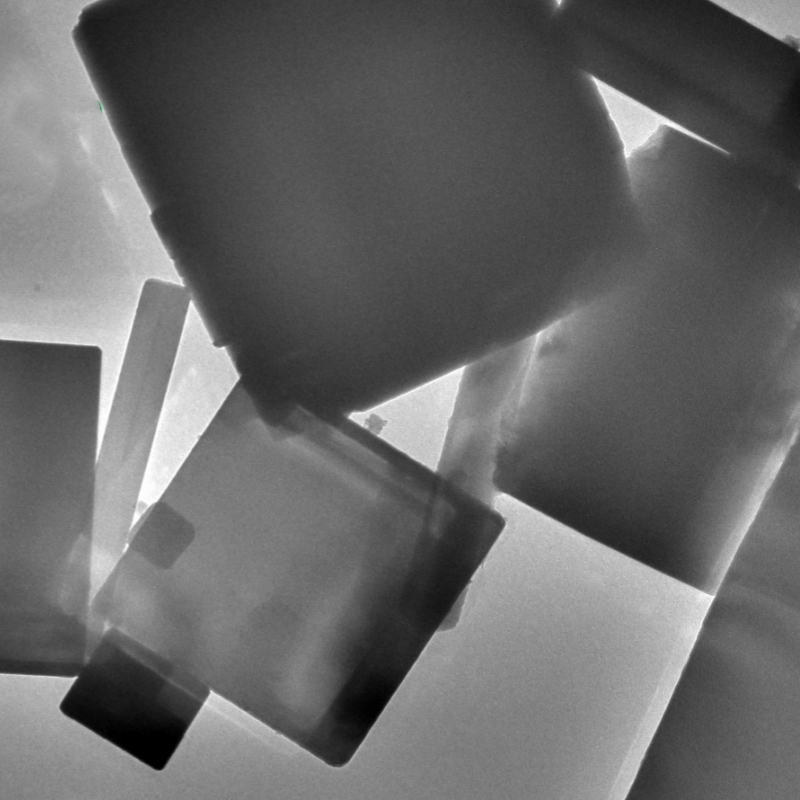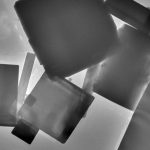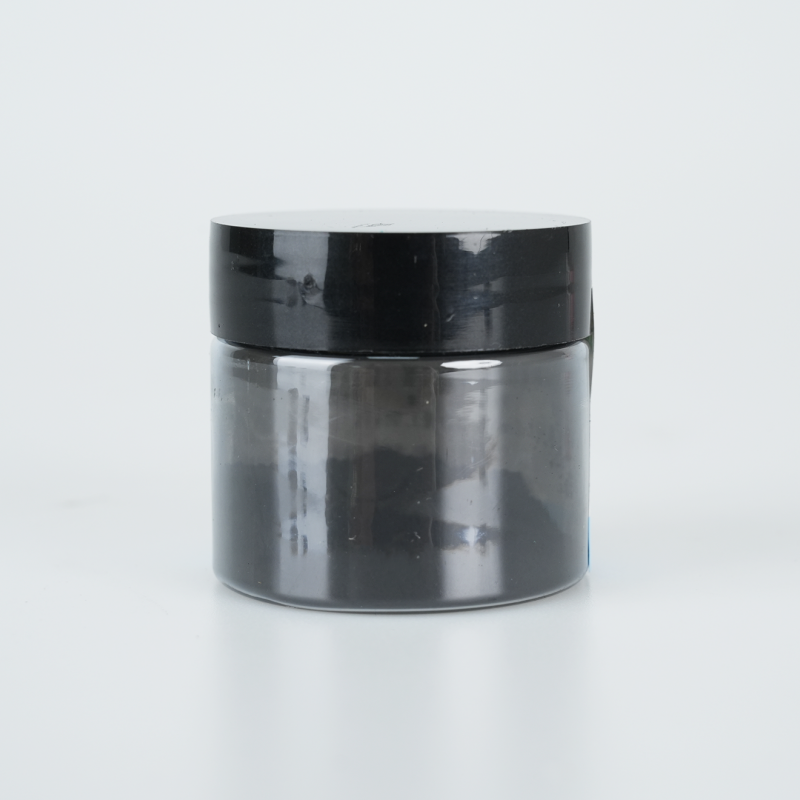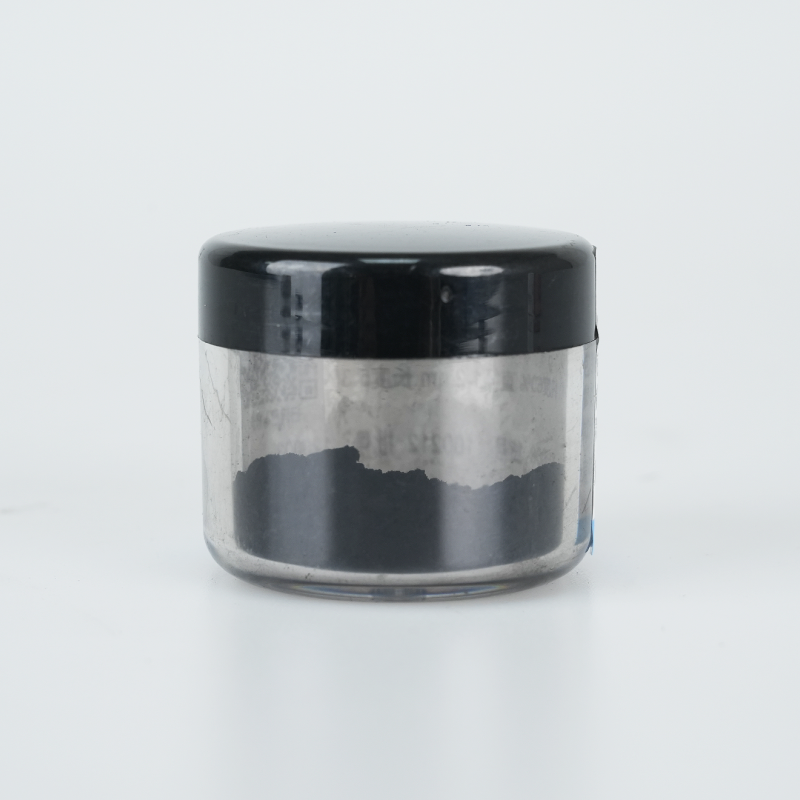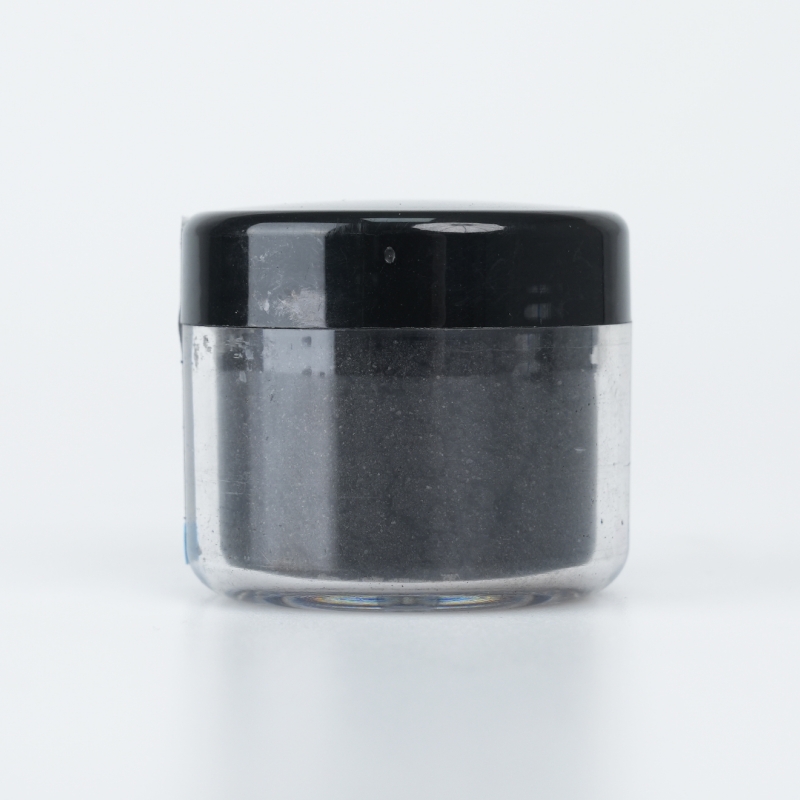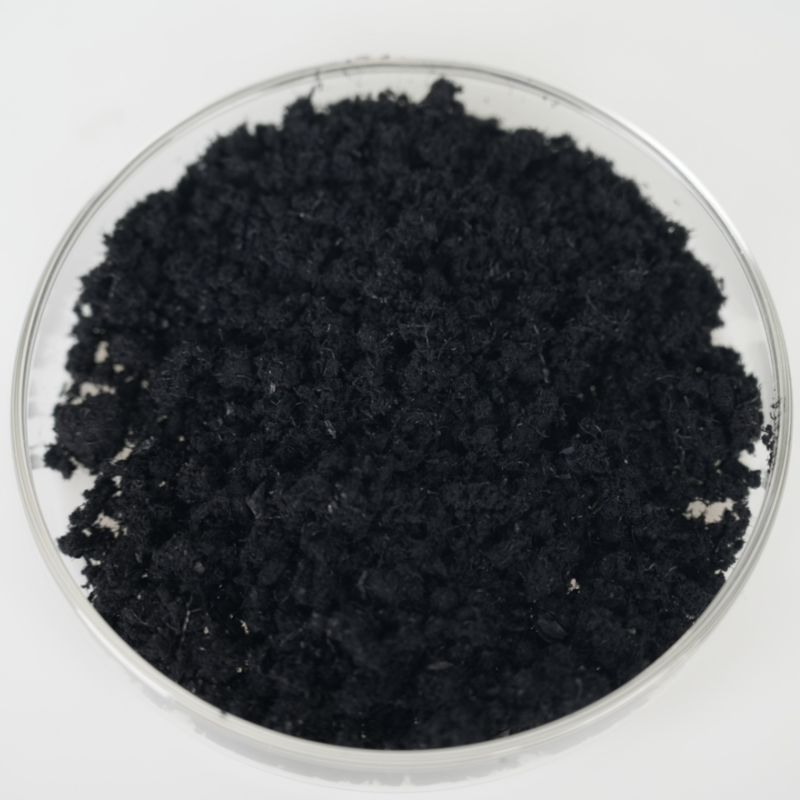PVP-modified Prussian Blue nanoparticles provide optimized electrochemical stability, superior dispersibility, and enhanced catalytic efficiency. Designed for biomedical and energy applications, they ensure effective ion exchange, extended durability, and high adaptability.
Product Overview
PVP-modified Prussian Blue nanoparticles (PBNPs) are Prussian blue nanoparticles modified with polyvinylpyrrolidone (PVP). These nanoparticles exhibit excellent biocompatibility, drug-loading capability, and are particularly suitable for applications in drug delivery, gene delivery, and photothermal therapy. Prussian blue itself acts as an antidote for metal poisoning, showing promising effects in toxic metal treatment, while the inclusion of PVP enhances its solubility and dispersibility in aqueous solutions.
Key Features
- Good Dispersion: Due to the amphiphilic nature of PVP, the product has excellent water solubility and dispersion, making it ideal for biomedical applications.
- Excellent Drug Loading Capability: The hollow mesoporous structure provides a large surface area and pore volume, enabling effective loading of drugs, genes, and other small molecules, suitable for various biomedical needs.
- Multiple Nanoenzyme Activities: Exhibits peroxidase (POD), superoxide dismutase (SOD), and catalase (CAT) activities, useful for free radical scavenging and alleviating oxidative stress reactions.
- Superior Photothermal Conversion Efficiency: The material has good light absorption at 808 nm, enabling efficient conversion of light energy to heat, which can be used for tumor cell ablation while enhancing the activity of the nanoenzyme.
Applications
- Drug Loading: The hollow mesoporous structure of Prussian blue allows for effective chemotherapy drug loading, and surface modification facilitates targeted delivery, improving therapeutic efficacy and minimizing side effects on normal cells.
- Photothermal Therapy: The near-infrared light absorption properties of Prussian blue make it an ideal material for tumor photothermal therapy, capable of effectively ablating tumor cells.
- Nanoenzyme Therapy: With its multiple nanoenzyme activities, Prussian blue can scavenge free radicals, reduce inflammation, alleviate oxidative stress, and help relieve tumor hypoxia.
- Biomedical Imaging: Prussian blue nanoparticles exhibit excellent magnetic resonance imaging (MRI) and photoacoustic (PA) imaging characteristics. Coupled with fluorescence and ultrasound imaging, they provide multimodal imaging for disease diagnosis.
| Item | Parameter |
| Diameter | 400-1000 nm |
| Concentration | 1 mg/mL |
| Solvent | Water |
| Appearance | Blue liquid |
| Composition | Fe[Fe(CN)6], PVP (K30) |
 new material
new material

